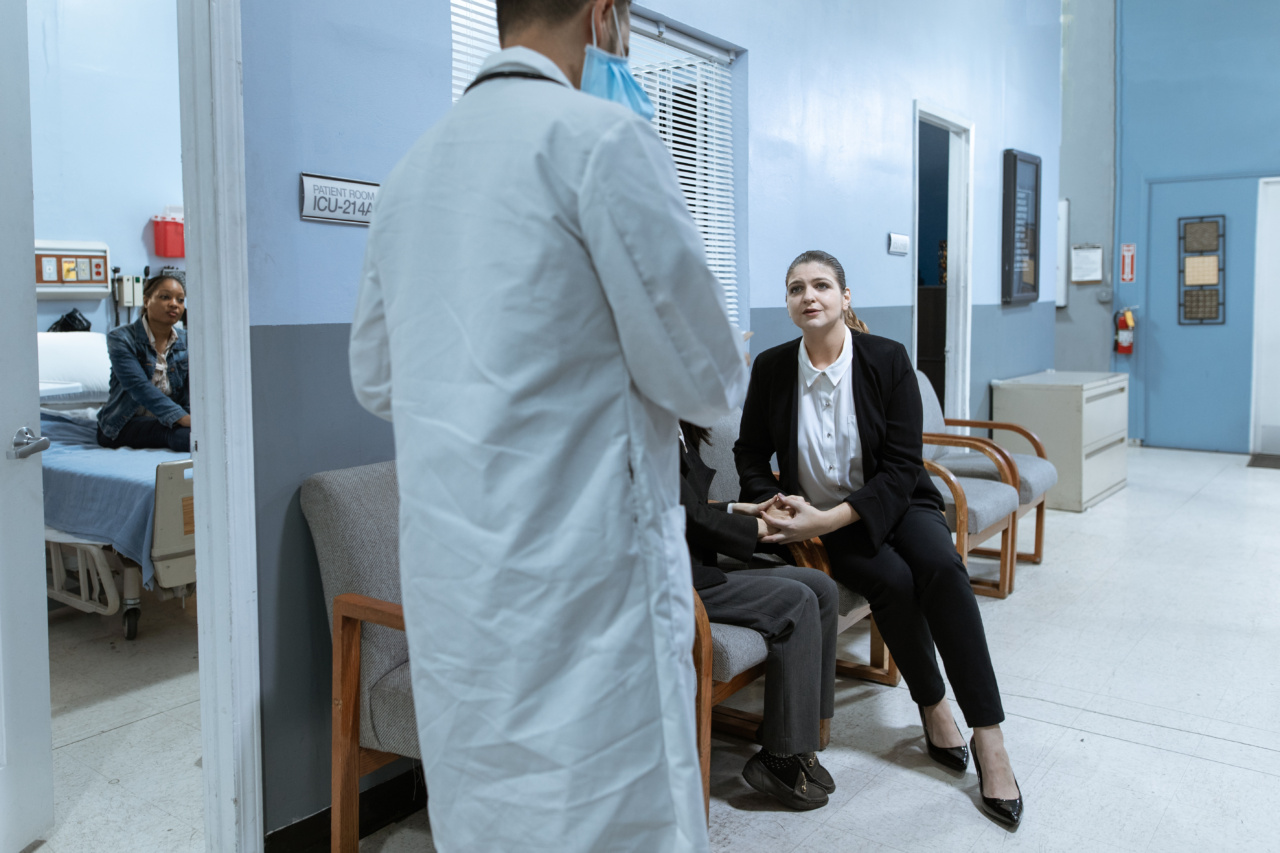When we seek medical care, we do so with the expectation of receiving expert and error-free treatment.
However, research has brought to light a startling revelation – a significant proportion of patients experience medical errors during their healthcare journeys. According to recent studies, approximately 12.5% of patients encounter mistakes while receiving medical care, leaving them vulnerable to adverse outcomes and potential harm.
Defining Medical Errors
Medical errors refer to preventable mistakes that occur in various healthcare settings, including hospitals, clinics, nursing homes, and even during home care.
These errors can manifest in different forms, including misdiagnosis, medication errors, surgical blunders, communication breakdowns, and infections acquired in healthcare facilities.
The Prevalence of Medical Errors
Although medical errors are often underreported, numerous studies have shed light on their prevalence.
One study, published in the New England Journal of Medicine, found that medical errors are the third leading cause of death in the United States.
This alarming statistic reflects the severity and magnitude of the problem. However, it is crucial to note that medical errors can cause harm without leading to fatal outcomes.
Patients may suffer from prolonged illnesses, disability, emotional trauma, and reduced quality of life due to errors in their medical care.
Contributing Factors to Medical Errors
Medical errors can occur for various reasons, and understanding the contributing factors is essential for implementing effective preventive measures. Some of the common factors include:.
1. Lack of Communication and Coordination
In a complex healthcare system involving multiple healthcare providers and departments, miscommunication and a lack of coordination can lead to medical errors.
Inadequate information transfer between providers, confusion regarding patient preferences, and delayed communication can all contribute to mistakes.
2. Fatigue and Staffing Issues
Exhaustion and overwork can impair healthcare professionals’ decision-making abilities and lead to mistakes. Understaffing of medical facilities is a significant contributor to work-related fatigue, potentially compromising patient safety.
3. Inadequate Training and Continuing Education
Medical science and practices are constantly evolving, and healthcare professionals must keep up with the latest advancements. Inadequate training or a lack of opportunities for continuing education can increase the likelihood of medical errors.
4. Technological Challenges
While technology has undoubtedly improved healthcare, its integration and use can present challenges.
Technical glitches, electronic health record inaccuracies, and a lack of user-friendly systems can contribute to errors in diagnosis, medication administration, and treatment planning.
Addressing Medical Errors: The Way Forward
Reducing medical errors requires a multi-faceted approach that involves healthcare providers, policymakers, patients, and the general public. Here are some crucial steps that can be taken:.
1. Enhancing Communication and Information Transfer
Efforts should be made to improve communication channels between healthcare providers, departments, and patients.
Implementing standardized protocols for information transfer and promoting effective communication practices can significantly reduce errors.
2. Prioritizing Staffing and Workplace Well-being
Medical facilities must ensure adequate staffing levels to mitigate fatigue-related errors.
Creating a supportive work environment that promotes staff well-being, work-life balance, and appropriate workload distribution can also contribute to preventing errors.
3. Emphasizing Continuous Education and Training
Healthcare professionals should be provided with opportunities for ongoing education and training to stay up-to-date with advancements and best practices.
Incorporating patient safety and error prevention into medical curricula can also enhance awareness and reduce mistakes.
4. Utilizing Technology Wisely
Technological systems should be designed with a focus on usability and error prevention. Regular updates and maintenance of electronic health record systems, coupled with user-friendly interfaces, can minimize the risk of technological errors.
5. Empowering Patients
Patients can play an active role in reducing medical errors by being their own advocates. Encouraging patients to communicate openly, ask questions, and actively participate in their care can improve safety and outcomes.
Conclusion
Medical errors pose a significant threat to patient safety, and their prevalence is a cause for concern.
Understanding the various factors contributing to these errors and implementing targeted strategies can help minimize the occurrence of such incidents. By fostering a culture of open communication, continuous learning, and patient empowerment, healthcare systems can work towards a future where medical errors are a rare occurrence.






























